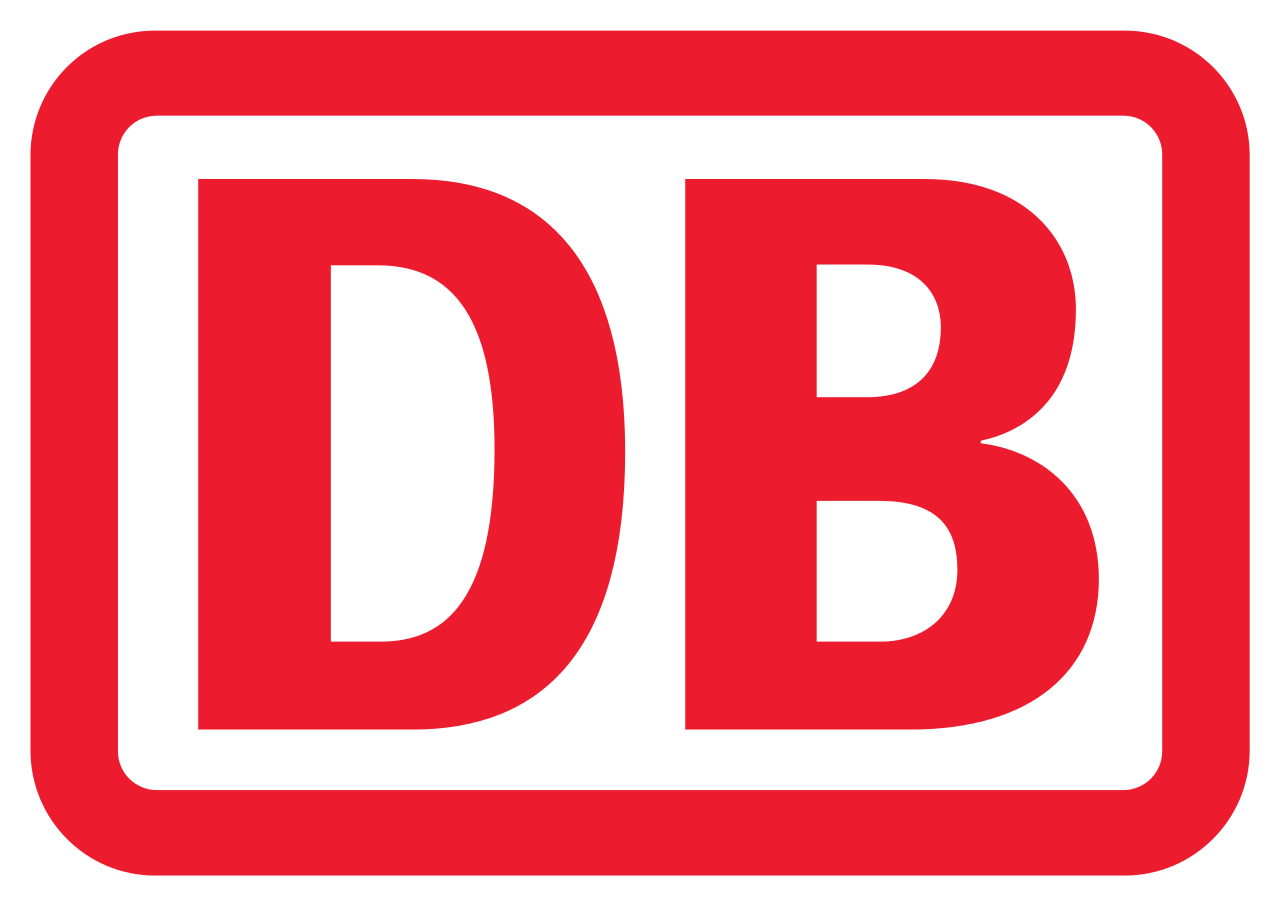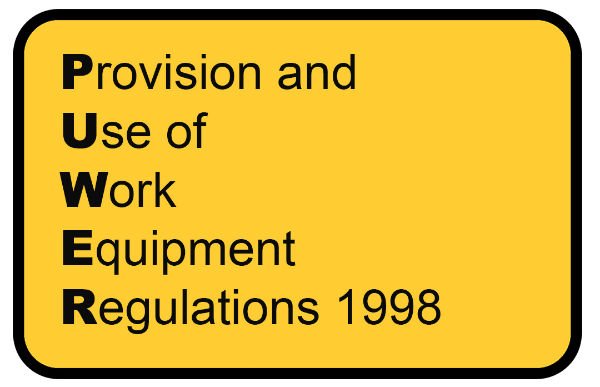Title Page
-
Name of Equipment
-
Asset Number
-
Photograph of the work equipment
-
Site and Department/Area
- Mayo
- Despatch
- Coleslaw Packing
- Coleslaw High Care
- Prep
- RTE
- F1 Loft
- F2 Loft
- F2 High Care
- F2 Low Care
- Bakery
- Intake
-
Person Conducting inspection?
Regulation 4 - Suitability of work equipment
-
deals with the safety of work equipment from three aspects; the initial integrity, the place where it will be used and the purpose for which it will be used.
-
Is the equipment suitable for the task?
-
Is the equipment used for the correct purpose?
-
What power sources does the machine use?
- Electric
- Steam
- Compressed Air
Regulation 5 requires work equipment to be maintained so that it is safe.
-
Regulation 5 builds on the general duty in the HSW Act section 6 which requires work equipment to be maintained so that it is safe.
-
Is the Equipment properly maintained
-
During maintenance, is the equipment turned off and isolated?
-
Is the maintenance logbook up-to-date (if kept)?
-
Is the equipment subject to statutory inspection (e.g.COSHH, LOLER, Pressure Systems Safety Regulations, etc)
-
Has maintenance staff received adequate information, instruction & training?
Regulation 6 Inspection
-
covers the extent and nature of the inspection. It deals with; the different situations where inspections of work equipment is required, the purpose of the inspection, who should carry out the inspection, keeping records of the inspections.
-
Is the equipment inspected at regular intervals or frequency?
-
Is the equipment inspected for safety, each time an exceptional circumstance arises e.g. a major fault occurs
Regulation 7 Specific Risks
-
Is the use of this equipment restricted to specific persons
-
Is the repair, maintenance, modifications and servicing restricted to specific persons?
-
Have those persons who use, repair, maintain, modify or service the equipment been adequately trained?
Regulation 8 & 9 Information, Instruction and Training
-
there is a general duty in the HSW Act to provide employees and others, such as temporary workers supplied through an employment agency, with the information and instructions necessary to protect their health and safety. Regulation 8 supplements that general duty. Regulation 9 focuses on providing training to people who use the work equipment, providing training to employees who manage or supervise the use of work equipment, and the need for separate driver training.
-
Are users suitably trained?
-
Are training records kept?
-
At what stage is training given, induction, first use or later?
- Induction
- First Use
- Later
-
Is the use of the machine limited to trained personnel only? (For example, key or code access<br>
Regulation 10 Community Requirements
-
does equipment comply with community directives? (e.g. does it display a CE mark, is there an EC Declaration of Conformity Certificate)?
-
Does the equipment comply with relevant community directives (e.g. does it display a CE mark, is there an EC Declaration of Conformity Certificate
Regulation 11 Dangerous Parts of Machinery
-
require employers to take effective measures to prevent access to dangerous parts of machinery or stop their movement before any part of a person enters a danger zone. It specifies the measures which you should take to prevent access to the dangerous parts of the machinery to achieve compliance. It sets out various requirements for guards and protection devices and appliances. There is national, european and international standards that act as guidance on measures to prevent access to dangerous parts BS EN ISO 13854:2019, BS EN 14120:2015, BS EN ISO 13857:2008, BS EN 14119:2013
-
Does guarding prevent access to all dangerous parts of the<br>Equipment during operation <br>
-
Does guarding allow an adequate view of the operation?
-
Are guards maintained in an efficient state?
-
Can guards be easily bypassed or disabled?
-
Are guards made of robust material or adequate strength? Refer to BS EN 14120:2015 (Guarding)
Regulation 12 Protection for Specific Hazards
-
Protection for Specific Hazards
-
Are materials prevented from being ejected from the machine?
-
Does the machine minimise the risk of over-heating, fire or explosion?
-
Is Machine Earthed?
-
Are noise levels produced over 80 Decibels?
-
Are noise levels produced over 80 Decibels?
-
Are all lasers guarded and signed?
-
Are any sources of ionising radiation safeguarded?
-
Are hot or cold surfaces protected from contact?
-
Does the design of the machine allow comfortable operation?
Regulation 13 Very High or Low Temperatures
-
many items of equipment have exposed surfaces, or contain or use hot or very cold substances. This regulation deals with the risks from these and looks at the measures you can take to reduce the risk of injury to people coming into contact with hot or very cold work equipment, parts of work equipment or articles or substances in the work equipment.
-
Where appropriate, are all parts of work equipment, articles or substances in the equipment protected to prevent burns by contact
Regulation 14 – Starting Controls
-
Regulation 14 addresses the risks to health and safety created by the starting or uncontrolled operation of work equipment. It covers the need for one or more controls for starting work equipment. And why, apart from automatic equipment, equipment should never start or change its operating conditions unintentionally -
Is the equipment fitted with start, stop or operating condition controls which require a deliberate action to operate
-
Can starting take place by use of a protective device (e.g. an interlock)?
-
Are the controls protected against inadvertent operation (e.g. starter shrouded)?
Regulation 15 – Stop Controls
-
Regulation 15 deals with controls for ensuring that work equipment being operated under normal conditions can be stopped without risk to health and safety. Stopping work equipment may involve a number of coordinated operations that have to be brought under control to avoid risk to health and safety.
-
Does the stop control mechanism bring the work equipment to a safe condition in a safe manner
-
Are all sources of energy switched off after stopping the equipment (compressed air/ hydraulic pressure)?
Regulation 16 – Emergency Stop Controls
-
Regulation 16 deals with the number of emergency stop controls, the accessibility of those controls, interaction with other controls required, circumstances where emergency stop controls are not necessary, the priority given to emergency stop controls. The main purpose of an emergency stop control is that it is simple to locate and operate. -
Is the equipment fitted with an emergency stop control, which operates in priority to any other control mechanism
Regulation 17 – Controls
-
Regulation 17 this regulation deals with the controls for work equipment; ensuring that the purpose of the control is clearly identifiable, the location of the controls so that neither the operator nor any other person near the equipment is at risk, the use in particular circumstances of warnings to signal the use of equipment controls, giving advanced warning to people exposed to risk, giving people exposed to risk the means of avoiding it.
-
Are controls clearly visible and identifiable?
-
Do the controls function correctly?
-
Do stop controls over-ride the operating controls of the machine?<br>
-
Are the controls designed to require a deliberate restart after changes in operating conditions
-
Are start controls shrouded?
-
Are there audible, visible or warning devices which are activated before the equipment starts?
Regulation 18 – Control Systems
-
Regulation 18 deals with taking realistic and practical allowances into account when choosing or specifying control systems. Not to increase risk when the control system is operating, either directly or indirectly by impeding the operation of other safety measures. Not increasing risk if a control system fail or loses its power supply. There are national, european and international standards BS EN 60204-1, BS EN ISO 13849-1, BS EN 62061 which provide guidance on design of control systems so as to achieve high levels of performance related to safety. Though they are aimed at new machinery, they may be used as guidance for existing work equipment.
-
Do control systems allow for failures, faults and constraints to be expected in the planned circumstances of use, with no increased risk to health and safety
-
Does failure of any part of the control system or its power supply lead fail safe condition, which will not impede the operation of the stop or emergency stop controls
Regulation 19 – Isolation
-
Regulation 19 the aim for this regulation is to allow equipment to be made safe under particular circumstances such as when maintenance is to be carried out, when an unsafe condition develops, or where a temporarily adverse environment would render the equipment unsafe, for exampel electrical equipment in wet conditions or in flammable or explosive atmosphere.
-
Are there suitable means to isolate the equipment from all sources of energy? e.g. multiple lockable hasps, removal of plug, close and lock off valves, drain/ vent outlets, etc.)?
-
Are the means of isolation clearly identifiable?
-
Are they accessible?
-
Are there appropriate measures to ensure that reconnection does not expose any person to a risk of injury e.g. reconnection initiating movement, adequate guards
Regulation 20 – Stability
-
Regulation 20 many types of equipment could topple over, overturn or collapse unless they are securely fixed. This regulation explains how equipment should be stabilised, clamped, tied or fastened to make it safe.
-
Regulation 20 many types of equipment could topple over, overturn or collapse unless they are securely fixed. This regulation explains how equipment should be stabilised, clamped, tied or fastened to make it safe.
Regulation 21 – Lighting
-
Regulation 21 any place where a person uses work equipment should be suitably and sufficiently lit. If the ambient lighting provided in the workplace is suitable and sufficient for the tasks involved in the use of the equipment, special lighting won’t be needed. This regulation looks at areas where additional lighting may be required.
-
Are the places where the work equipment is to be used suitably and sufficiently lit
Regulation 22 – Maintenance Operations
-
Regulation 22 requires that equipment is constructed or adapted in a way that takes account of the risks associated with carrying out maintenance work, such as routine and planned preventative maintenance.
-
Is maintenance carried out with the machine stopped and isolated? <br> <br> If yes skip to next section
-
IF NO, is it reasonably practicable to do so? <br> <br>Maintenance operations carried out without exposing persons to risk?.
-
If not what measure are in place to reduce risk of injury? (e.g. temporary guards, limited movement controls PPE, etc.)?
-
-
Regulation 23 – Markings
-
where equipment is dangerous or has dangerous parts that project, the equipment should be marked so that employees are not put at risk.
-
Is the equipment appropriately marked for health and safety<br><br>purposes e.g. emergency stop controls, safe working load, colour code of gas cylinders <br>
Regulation 24 Warnings
-
makes it clear that warnings are not appropriate unless they are clearly signalling danger. The regulation focuses on ensuring that warnings are clear, easy to understand, unmistakeable.
-
Are all warnings and warning devices unambiguous, easily understood, easily perceived?
Actions
-
Regulation Reference
- Regulation 4
- Regulation 5
- Regulation 6
- Regulation 7
- Regulation 8
- Regulation 9
- Regulation 10
- Regulation 11
- Regulation 12
- Regulation 13
- Regulation 14
- Regulation 15
- Regulation 16
- Regulation 17
- Regulation 18
- Score: 1
- Regulation 19
- Regulation 20
- Regulation 21
- Regulation 22
- Regulation 23
-
Action Required
-
By Who












